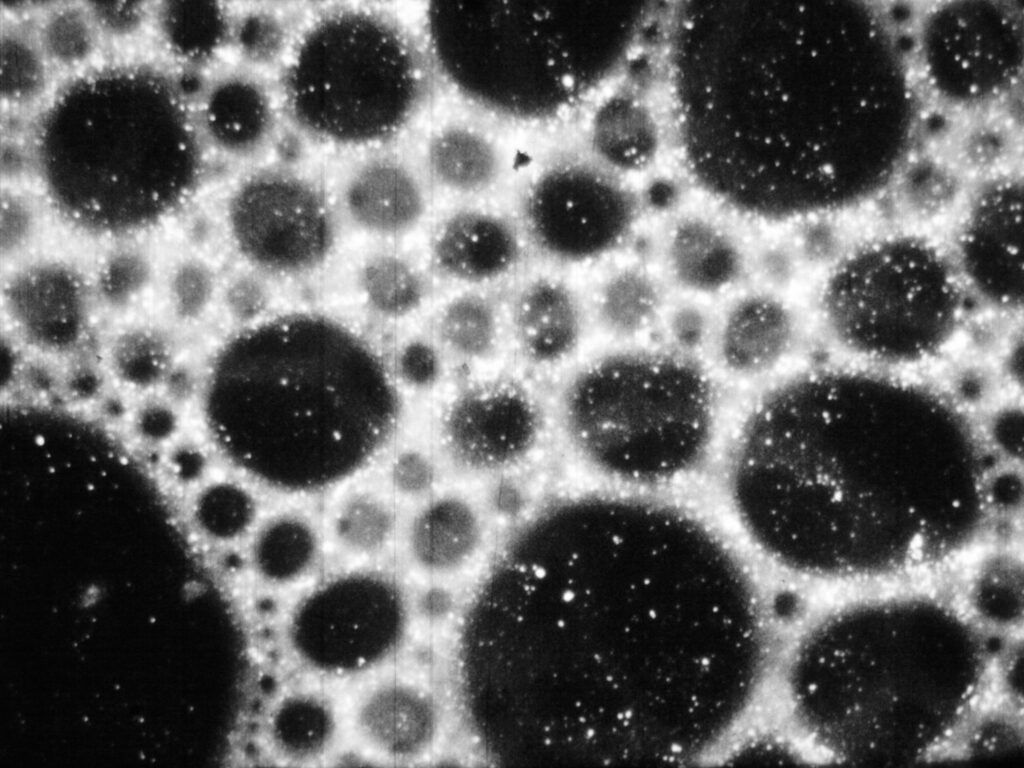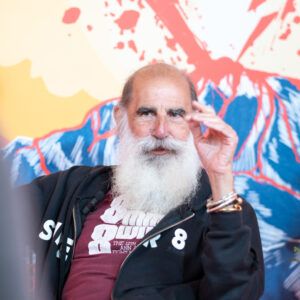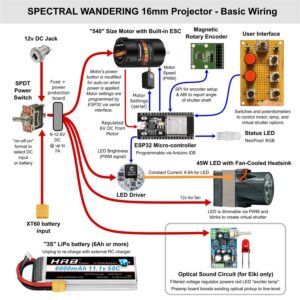In 2020, during the lockdown months, we exchanged several emails with Tomonari Nishikawa –an interview that would eventually materialize in the Camera Obscura episode that we devoted to his work. Down below you’ll find part of those exchanges, where Nishikawa tells us about his encounter with cinema.
What was your first exposure to experimental cinema? What made you think it would be the appropriate medium to express yourself?
I would say it was when I took a course at Binghamton University, Expression and Innovation in Film and Video, although I had seen a few feature-length experimental movies prior to this experience when I was in Japan. I think it was from my exposure to experimental cinema, both in classroom and public events, as well as my own filmmaking practice, which gradually made me think of this would be the form I want to work with.
The first film (in time) according to your website is Apollo. Was that your first? How did you come up with it, what were the interests behind it and your process?
I made several class projects before Apollo, which was my senior thesis project at Binghamton, and it was the first film I submitted to film festivals. I was interested in the projection apparatus, especially the apparent motion and how the optical soundtrack system would produce sound from the visual information. I also tried to express the materiality of the celluloid medium. As you would see, the film consists of many single-frame shots, including the part shot with a 35mm still camera so that a single picture spread onto multiple frames on 16mm filmstrip, as well as the area reserved for the optical soundtrack. With the help from my faculty adviser, Julie Murray, I also tried to get reticulation, ended up with cooking the filmstrip literally in a pan with water and sodium carbonate in my kitchen, in the dark.
About the Sketches, they were made in super 8: I guess because it is a cheaper way to work in film, as well as because of the lightness of the camera. Is this right, or you had other things in mind for the choice? I find it very interesting your intensive frame-by-frame work here, and the investigation of the medium. Could you tell me a bit about the concerns behind these films, and how it was evolving from one sketch to the other? (and also about the differences of the work in black and white and color)
Yes, I chose super 8 because it was cheaper and the camera was easy to carry around. I wanted to work on a project as an everyday exercise with single-frame, so super 8 was perfect and I used my favorite Canon 514XL. As these are sketches, and exercises, I did not think much about the structure of each Sketch Film but only a few ideas for sequences to start with, like a line moving from left to right and making a triangle using three frames. I then came up with other ideas while walking and finding a particular composition for the next frame on the street. When the footage counter pointed at round 45 feet, I advanced the film for a few more feet for black frames, took off the cartridge, and moved on to the next one. I stopped working on this project when I was working on the 6th one, which I still keep in the fridge. I stopped it when I left San Francisco. For Sketch Film #4, I was focusing more on the colors, wondering if we would perceive as if different colors were mixed together when projected. For Sketch Film #5, I focused more on organic shapes. I also processed each film by myself, using a big JOBO tank, except Sketch Film #4, which was shot on Kodachrome, and scratched the date when I processed at the end of the roll. For Sketch Film #4, I scratched the date I received it from Dwayne’s. I did not edit the film after processing, as then it would lose the sense of “sketch.” Another idea I had for this project was to make a project on a larger format using Sketch Films as references. I made one on 16mm, Market Street, for which I studied Sketch Film #1 and #2, and another on 35mm, Lumphini 2552, for which I made a series of 3-second sequences similar to the short part in Sketch Film #5.






